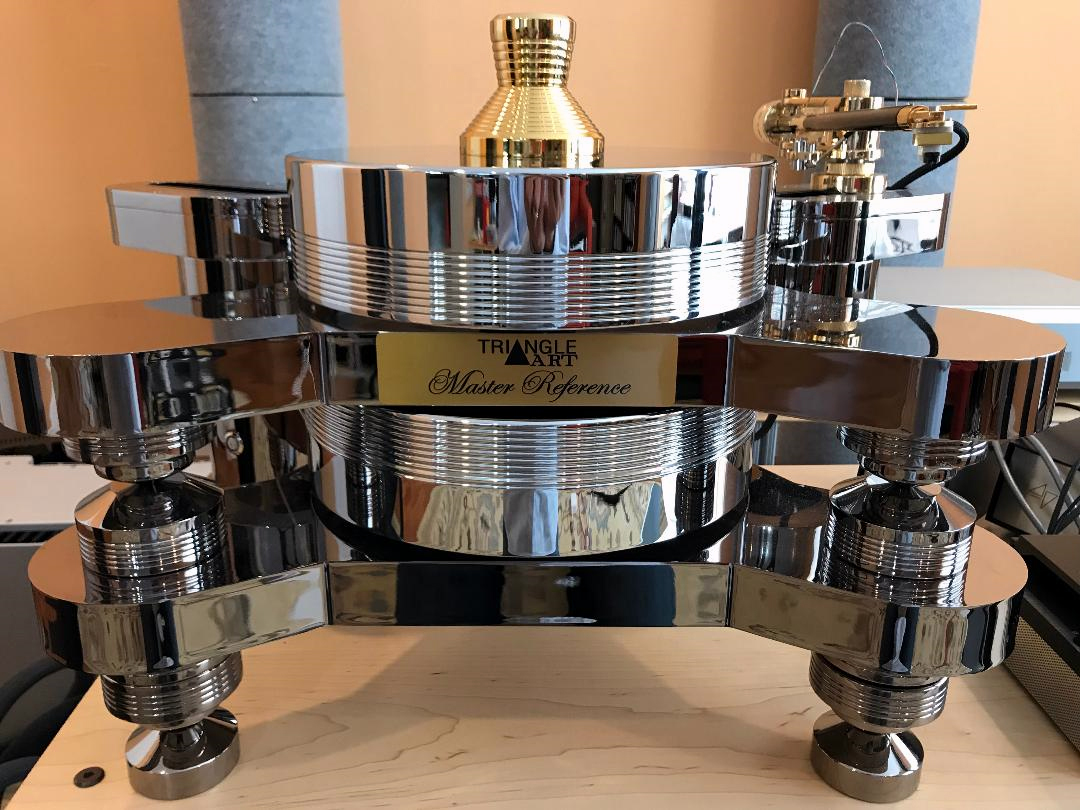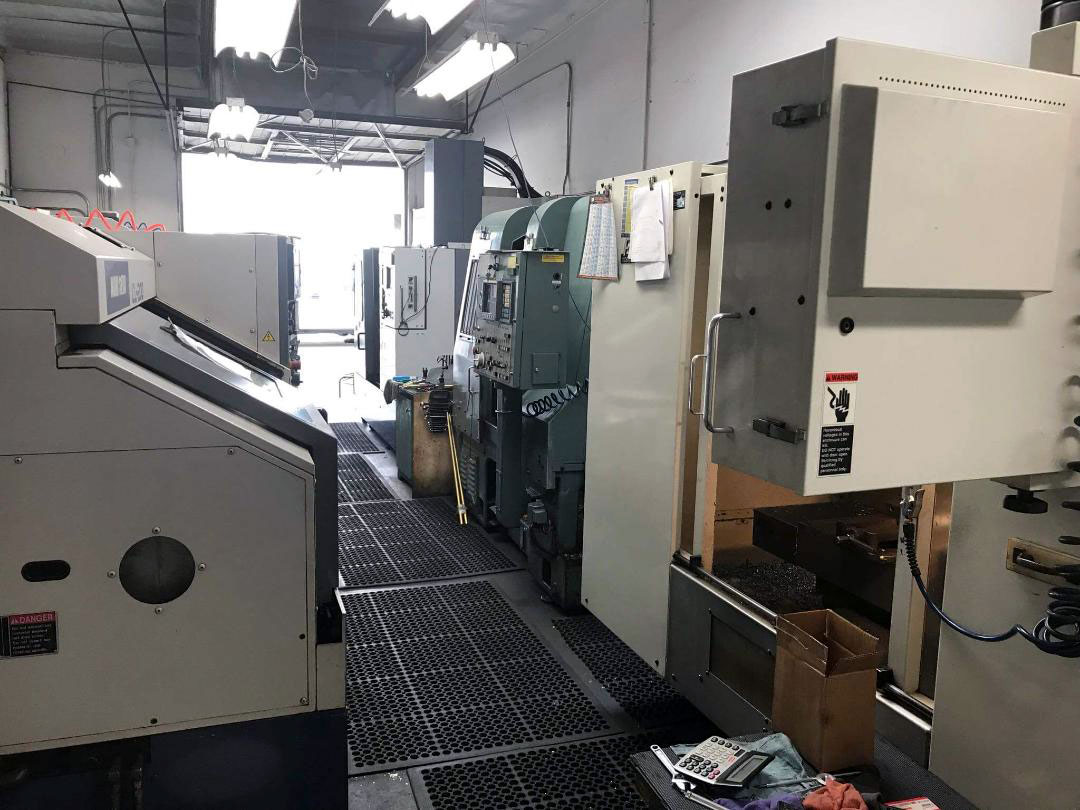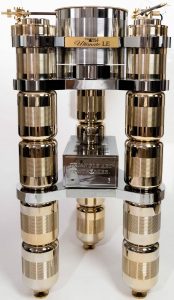The digital revolution of the 1980s that spawned the digital audio compact disc was catalyzed partly by new advancements in transistor miniaturization. Integrated circuits had finally emerged and empowered innovators to fit a laser generating and reading system along with the necessary codec circuits into a small box. The promise of this revolutionary digital audio compact disc medium devoid of surface noise and the wear and tear of vinyl records fascinated the general public. This digital wave eventually ushered in the digital video and everything that made home video what it is today.
Meanwhile, we have come full circle and are now in the midst of a renaissance of the analog record medium. Records are now offered in new releases alongside the CD and digital download formats. Digital audio recording and processing has progressed by leaps and bounds and has become the de facto standard in all music produced presently, whether it is issued in the analog or digital domain. On the hardware side, powerful and intelligent design software and hardware are empowering talented turntable designers to better realize their visions. Parts 1 and 2 of this report, dubbed the Analog Survey, will investigate products by two such talented designers, both based in California: Allen Perkins of Spiral Groove (Berkeley) and Tom Vu of TriangleArt (Anaheim). One phenomenon of the analog renaissance is an abundance of turntables with prices in excess of $20,000. We’ll be investigating two such products, one from each of these companies.
Both California companies operate from laboratories in commercial facilities, not home garages. Spiral Grove uses sophisticated computerized design processes in its Berkeley facility while TriangleArt struts a full in-house manufacturing complex.
The review sample from Spiral Groove is the $18,000 Revolution turntable system with the $6,000 Centroid tonearm. TriangleArt supplied its $39,900 Master Reference turntable plus the $6,800 Osiris MkII tonearm and the $8,000 Apollo Onyx Stonebody moving coil cartridge. We will look at the costlier turntable first, the TriangleArt.
The review system consisted of the MIT Cables Oracle Series of Interconnects and Speaker Interfaces, Pass Laboratories Xs Phono Stage, Xs Preamplifier, XA200.8 solid-state Class A monoblock amplifiers, which alternated with the Bricasti Design M28 Class AB monoblocks. Speakers were the Sound Lab Ultimate 545 electrostats, alternated with the Technical Audio Device (TAD) Evolution One. A troupe of Audio Reference Technology Super power cables was deployed throughout the system.
TriangleArt designs and manufacturers everything in-house at its Anaheim headquarters. Its product lines include six turntables, two cartridges, two tonearms, three power conditioners, a complete cable system, and amplification products. One could enjoy a near-complete TriangleArt system with the Master Reference turntable, the Osiris II tonearm, the Apollo cartridge, the two-chassis Reference Tube Phono Stage ($12,995), the two-chassis Reference Tube Preamplifier ($17,995), the Reference Tube Mono Block Amplifiers ($17,995) and the cable system. Digital players and loudspeakers are the two component categories not produced by the company.
According to chief designer Tom Vu, the 200-pound TriangleArt Master Reference is an exercise in the complete eradication of cartridge feedback and structural resonance. And yet it is second in line to TA’s flagship turntable, the Ultimate LE, a $129,000, 4-foot high behemoth in a floor standing construct of its own that weighs 850 lbs. The Master Reference analog playback system weighs 200 pounds. It incorporates two superstructure systems of isolation in pursuit of the purest form of the phonograph experience, and each system comprises two sizeable structures. It’s all finished in glistening black nickel and chrome.
- (Page 1 of 2)
- Next page →





To think that “a massive, 50-pound metal alloy platter ” spinning at 33 1/3 RPM will have its speed influenced by “the drag of the cartridge” with VTF set at the 1-2 gram setting of most modern cartridges is unreasonable.
I’m intrigued by the arm, but how does the bearing stay centered?
Thank you for your interest in the Osiris mk2 Tonearm. Osiris is designed with a magnetic suspension bearing system that captures the topside of the arm wand physically to nullify inertia due to mass, at the same time centers and balances the tonearm with a second, detached magnetic bearing at the bottom.
Tom Vu
TriangleArt
Hello, Bob,
The top magnet can hold 5.6 lbs, therefore it is utterly impossible for the Osiris II arm wand to fall out of the bearing chamber unless one tilts the arm wand and remove it forcibly. The bottom magnet also provides additional security measures by keeping the arm in place.
Tom Vu
TriangleArt
Thanks Tom, I get what you are saying, but… From what I see, the top magnet is a flat 4 or 5 millimeter disk. This means that the contact “spot” for the ball bearing could be anywhere on that surface. While ideally the bearing should be centered, there doesn’t appear to be anything to ensure that. If the arm becomes detached (don’t know how easy that would be, maybe I’m overthinking) it could be replaced off-center and nobody would know, except that the carefully aligned cartridge is now out of alignment.